I recently went on an incredible trip to the Philippines. It’s not a country which is well known to South Africans, so here are a few quick facts, some things to take into consideration and some advice from someone who’s been.
10 Quick Random Facts to Help You Understand the Country:
- The first non-Asian country to colonise the islands was Spain who ruled for 377 years until 1898
- From 1898 to 1946 the country was an American colony
- The most commonly spoken local language is Tagalog which is a mixture of European, Asian and Native American languages
- Of the 170 languages spoken, English is the most widely used of the European languages
- The currency is the Peso, R1, at the time of writing this is worth 3.70 Pesos
- There are over 7000 islands in the country
- The major religion is Roman Catholicism, which accounts for 80% of the population
- It is home to an island in a lake in an island in a lake in an island
- Christmas celebrations can, in some parts of the Philippines, start in September and end in January
- The plug sockets accept US-format plugs (5-15, type B)
The Weather
If you’ve heard anything about the Philippines, it’s been about the weather. It’s usually not good news either. The Philippines is generally a warm, wet country with the average maximums around 26-27°C, though most of the beach destinations hover around the 28-30°C mark year-round. It gets a staggering average of 19 typhoons annually, though these can be avoided by visiting islands in the South West which rarely get the full-brunt of these storms. These islands include: Palawan, Culion and Busuanga (Coron).
The country has 3 seasons: Tag-Init, a hot, dry season from March to May; Tag-Ulan, the rainy season from June to November; and Tag-Lamig, the cool and dry season from December to February. By cool, though, they usually mean temperatures between 26°C and 28°C, so definitely not cool by South African standards! Travelling between December and April is usually when you’ll get the least rain.
Which Islands Should You Choose?
Boracay is the most famous, it’s small, but it’s a bit more like Phuket than the rest of the islands in the country; it’s where you’ll find the best night life and party atmosphere. Bohol is a great one for seeing unusual places like the Chocolate Hills and doing unusual things like swimming with whalesharks. The largest island, Luzon is where you can visit the incredible and ancient rice terraces of Banaue. It’s also where you’ll find Manila, the country’s massive capital and for the geography nerds, it’s where you can see the island in a lake in an island in a lake in an island (the Taal Lake & Volcano at Tagaytay, 1 hour from Manila).
But the best place for me personally is Palawan. The island is really long and the northern half is where most things worth seeing are. El Nido is the centre of all the activity in the North – hotels, backpackers, dive centres, day trips and so on, it’s busy enough, but really still a sleepy village at heart. If even that is too much for you, try Port Barton which is beautiful and the only visitors tend to be a few sea turtles. Also worth mentioning is the island of Coron, accessible from Busuanga, it’s jaw-droppingly beautiful with incredible cliffs and lagoons, though there’s not as much to see as in El Nido.
The People
As mentioned above, there is a rich mix of people and histories in the country, that being said it’s probably one of the least ‘Asian’ of the surrounding countries, thanks to over 400 years of Western colonisation. The people are deeply religious (mostly Catholic), though extremely tolerant in comparison to many adherents of the religious movements found in the rest of the world. The people are generally hard working, relaxed and friendly, perhaps not as smiley as the Thais but definitely more friendly than here in SA. Their culture embodies what is known as “bahala na“, a general sense of whatever will be will be. Obviously this means there’s a general sense of contentment with life.
There is a bad side to the people though, but this is not a general thing. Tourists must be warned against visiting the islands in the far South East though, this is a staunchly and often militantly Islamic area. It is generally not safe for non-locals and is best avoided. These islands are Mindanao and the Sulu Islands like Basilan, Jolo and Tawi-Tawi.
Health
There are no specific health requirements for visiting the Philippines; this means a yellow fever certificate is not needed for travellers returning from a trip here. Malaria can be found in certain more tropical regions though most people survive just fine without prophylaxis; a good bug spray should take care of this just fine.
The water is generally not drinkable from taps though, especially in rural areas. Drink bottled water wherever possible. I brought a whole bunch of stomach meds with me which came in very handy: probiotics, anti-cramp meds, anti-diarrhoea and pain killers. A box of plasters won’t go awry either. Bring sunscreen, though, like Thailand, the sun is unlikely to burn you like the nuclear furnace we have here in our local skies does!
Clothing
Don’t bother packing too much in the way of warm clothes. We went in the cold season and I wore boardshorts and vests the entire time. I could probably have survived the entire trip on two pairs of swim shorts an a few vests, in retrospect.
Closed shoes, other than hiking shoes probably aren’t necessary, everyone wears flip-flops and you can pick up a pair there for less than R40 easily if need be. I brought aqua booties which were a great help on sharp coral reefs and rocks, I’d definitely recommend buying some in SA, though they cost about the same from the dive shops in the Philippines.
Prices
Food is cheap in the Philippines though prices do go up the further away from civilisation you go. In places like El Nido you can expect to spend around R60 for a plate of food at a restaurant. Further South around Puerto Princesa where there’s a proper port and airport, you’ll spend around R40 for the same thing. What’s expensive is coffee (around R20 a cup) and cocktails which can be closer to R30-R40 a pop. Opt for juice, beer or a fresh coconut and you’ll be spending a lot less.
Diving is relatively affordable too, a 1 day, 3 dive open water ticket including equipment, dive-master and lunch costs around R800. A discover scuba course is closer to R1000. Snorkel equipment rents for around R40 a day. Doing your open water PADI dive course will cost around R5400 – a similar price to here in SA.
Decent accommodation in urban areas can be cheap, from around R200 per person sharing per night. Hotel and resort-style accommodation further afield can see prices going up a little, particularly in places like El Nido, but if you’re after luxury resorts with rim-flow swimming pools etc, you can easily expect to pay around R2000 per person sharing per night.
Got any questions about visiting the Philippines? Ask in comments below! Got any tips of your own? Add them in comments below!
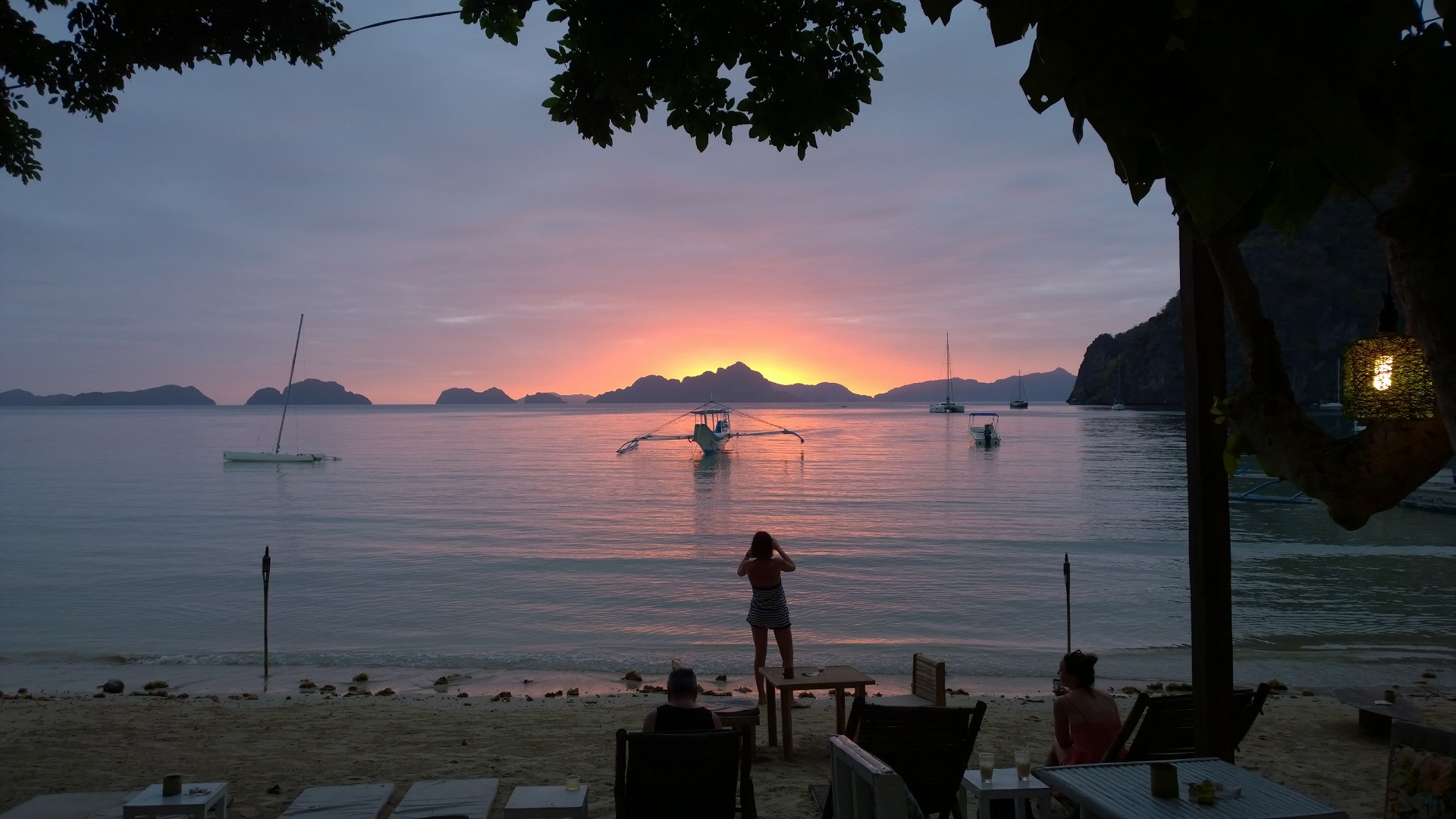

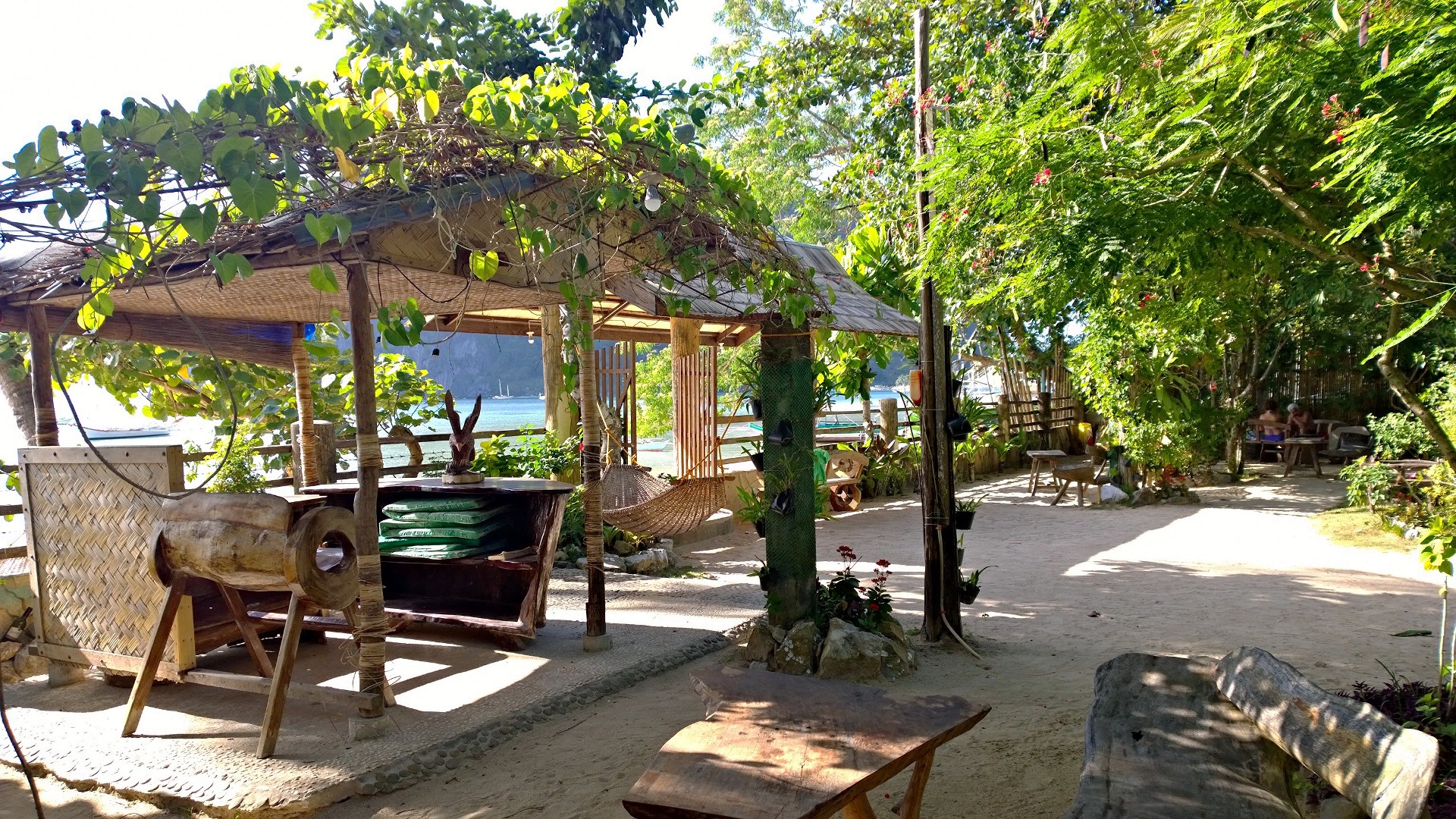
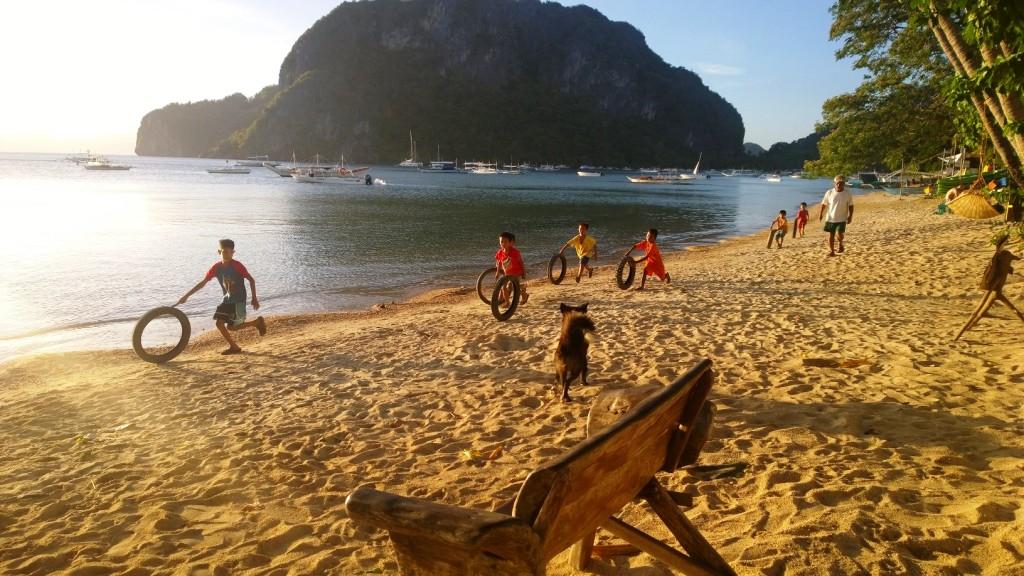


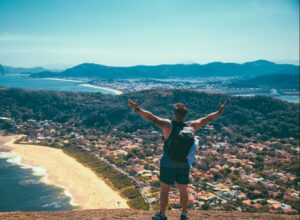
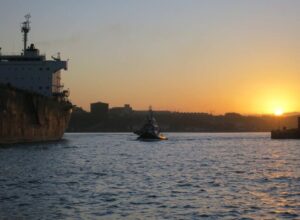
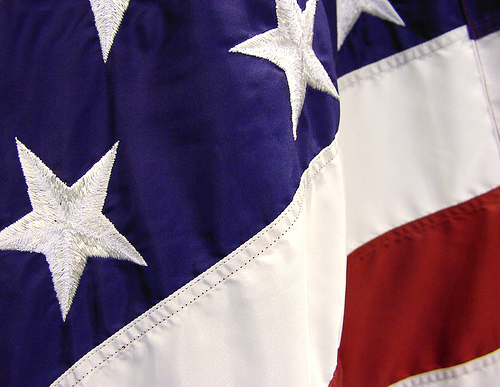
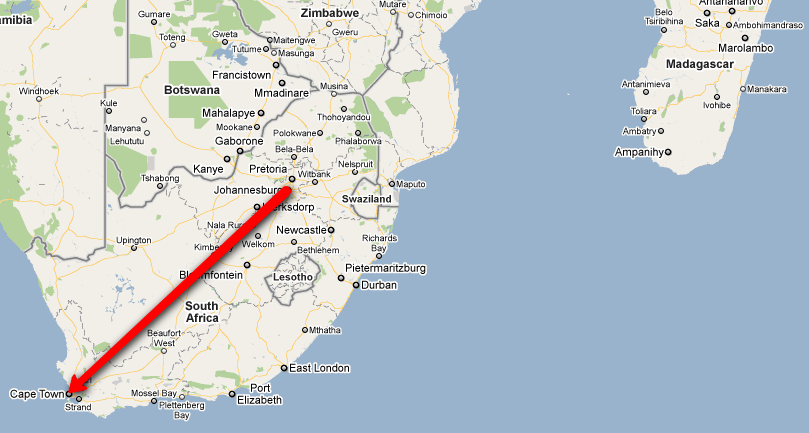


Hi there
My boyfriend and I are looking to travel to Philippines in December.
We are looking at a 3 weeks holiday.
I have questions:
1. Should we go through a travel agency to book? If so which travel agency? I live in Johannesburg.
2. What is the best and cost effective way to fly there?
Thanks
Regards,
Estelle
Hi Estelle,
Great to hear from you.
Should you wish to get assistance in receiving a quote and making a reservation, we have a team of Travel Experts that would love to help.
You can contact our direct sales team by calling 021 468 4300 (Monday – Friday) or by sending an email to travelbar@travelstart.com with all details exact dates, routing, budget and number of passengers. An agent will get back to you within 2 working days.
If you are looking for the most cost-effective flights, the best time is to travel off-peak season – so not over school holidays etc.
Good article about Philippines. Thanks for sharing with us.
Hi there. I plan to visit Manila april 2019 for 2 weeks.What can i expect to pay for a mid class hotel?Also on average what is the daily spent there in Rands.Another question is if you out and about during the day do u take ur passport and flight ticket with you??also where and how is the best place to carry it on you. Than referring to money…should i exchange ramds to peso here or there and do u advise to take rands in cash there and exchange as you need
Thanks for the great article.
Hi Nico,
Thanks for getting in touch.
Accommodation prices vary depending on star grading of hotel as well as location. You welcome to check out prices on our website:
https://goo.gl/jjtwJH here you able to compare and see all different options on offer ranging from couple hundred rands up to R3000 or more.
Leaving your passport in the hotel room or not, if you decide to carry it with you I would suggest keeping it close to your body e.g. in an inner pocket compartment. Should you prefer to leave it it in the hotel rather make sure it’s in a safe place e.g. in the hotel safe or locked into your suitcase.
I would recommend making copies of my passport and put on a USB stick plus physical copies which you could carry along in place of the passport.
Again it is what you feel most comfortable doing.
Personally I prefer to change before. But again personal preference. I change a certain amount I feel comfortable with and then after should I need to change more I will.
Thanks for sharing this article. great knowledge about philippines
VERY INFORMATIVE COLUMN, THANK YOU. I AM MAKING WAY TO CEBU CITY IN JAN. I WILL BE COMING FROM CALIFORNIA. THETE WILL BE SOMEONE THETE WAITING FOR ME ME. I PLAN TO STAY THERE FOR TWO WEEK WHAT IS AN ADEQUATE AMOUNT OF USD SHOULD ACOMPANY ME ON MY VISIT. TJANKS AGAIN !!
Yes, terrific article. I’m planning on visiting the PI this coming February or March from America too and wanted to know if cell phones are easily accessible there?
Thanks much.
Rex
Hi
Great article
My family and I want to spend some time in the Philippines this December 2019. From a safety perspective how safe is it ?
Also there is a myriad of destinations and I just don’t know what to choose what would you suggest for a nice two week stay in the Philippines, also what is the travel options between islands like. If we should choose to island hop.
Thanks and looking forward to your feedback
Hi there,
Hi Zadi,
Like many other countries, the Philippines has pockets where more violence tends to occurs and areas that are generally considered safe. … There is an active travel warning for the Philippines, but only for some regions. Most other parts of the nation are generally considered as safe as other places in Southeast Asia.
Should you wish to get assistance in receiving a quote and making a reservation, we have a team of Travel Experts that would love to help.
You can contact our direct sales team, Travelstart Live by calling 021 020 0559 (Monday – Friday) or by sending an email to live@travelstart.com with all details exact dates, routing, budget and number of passengers and one of our agents will get back to you with a quote.